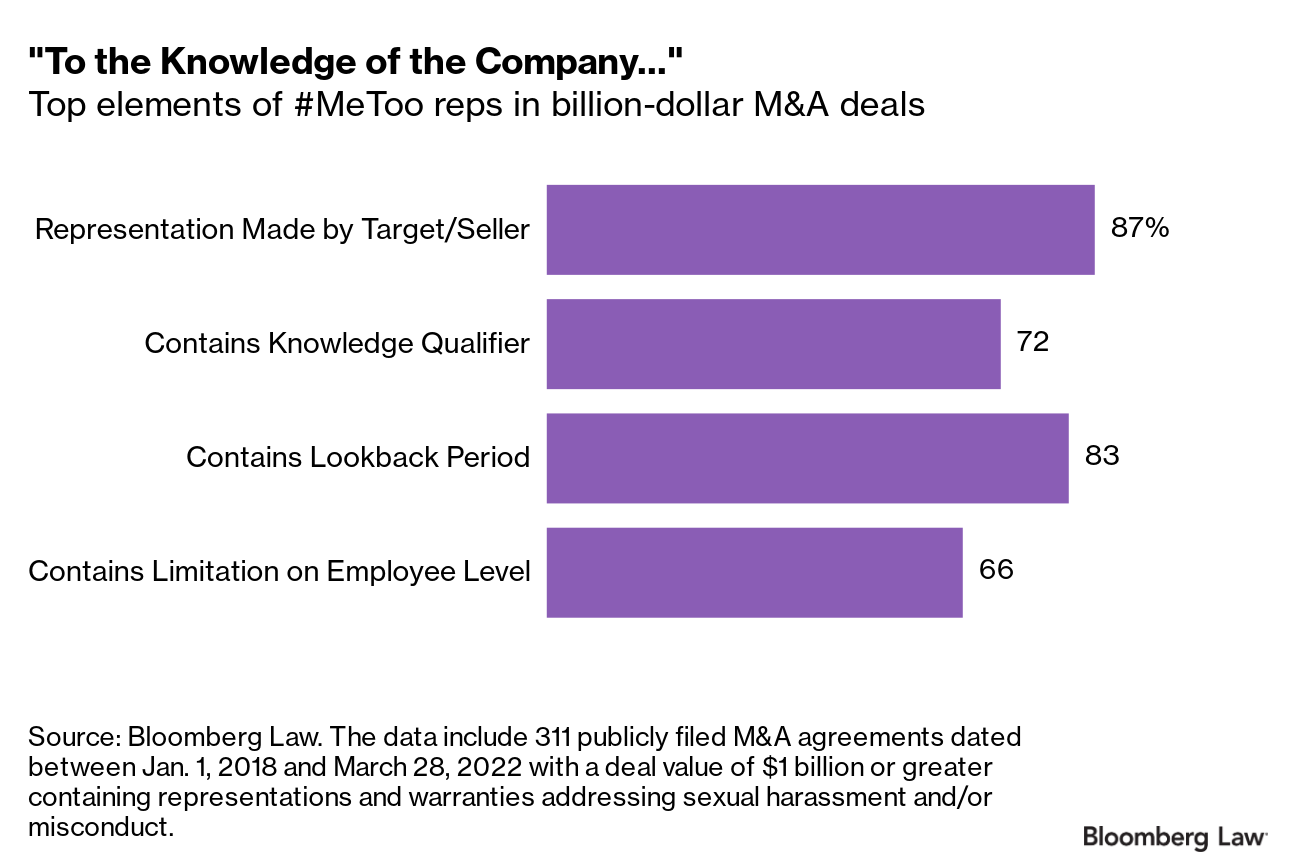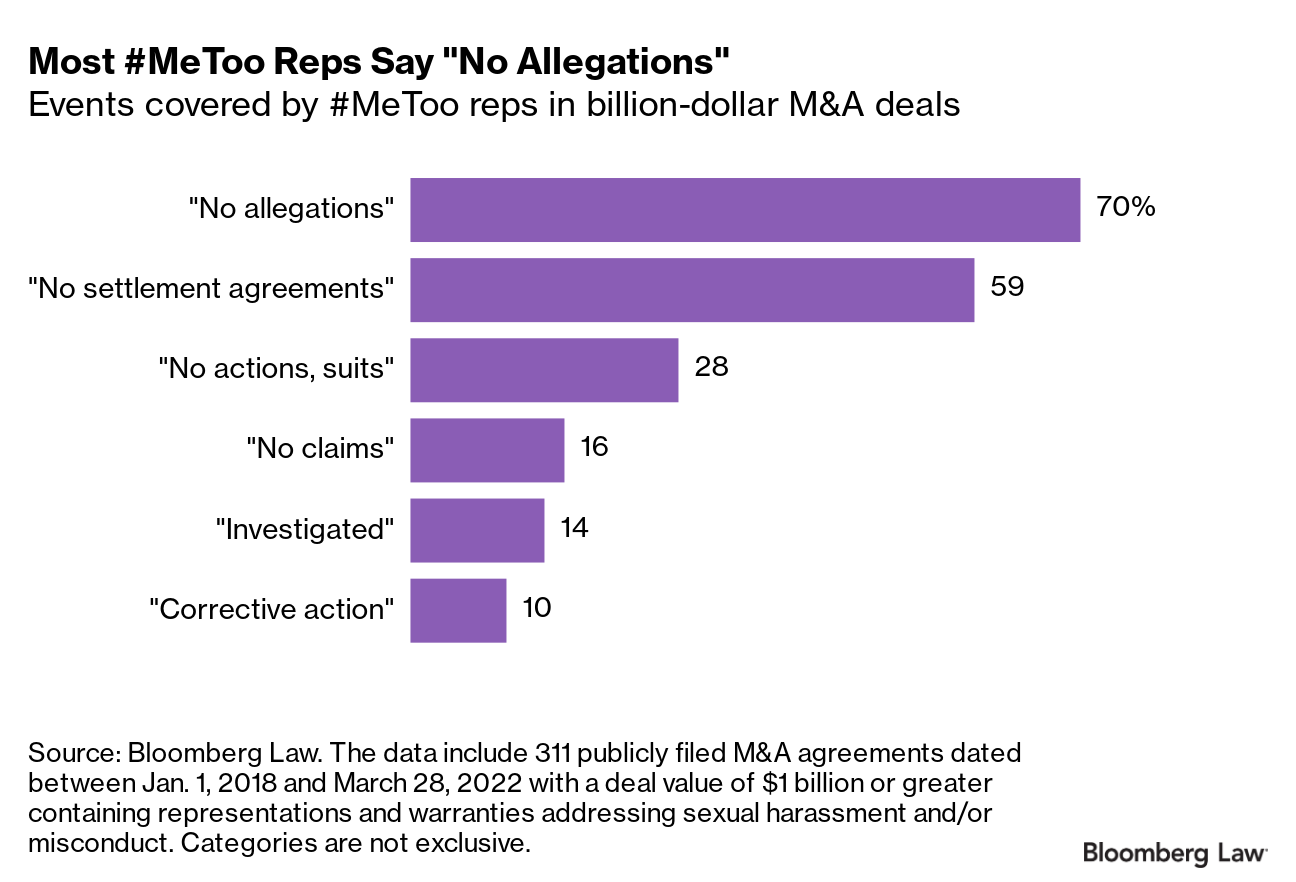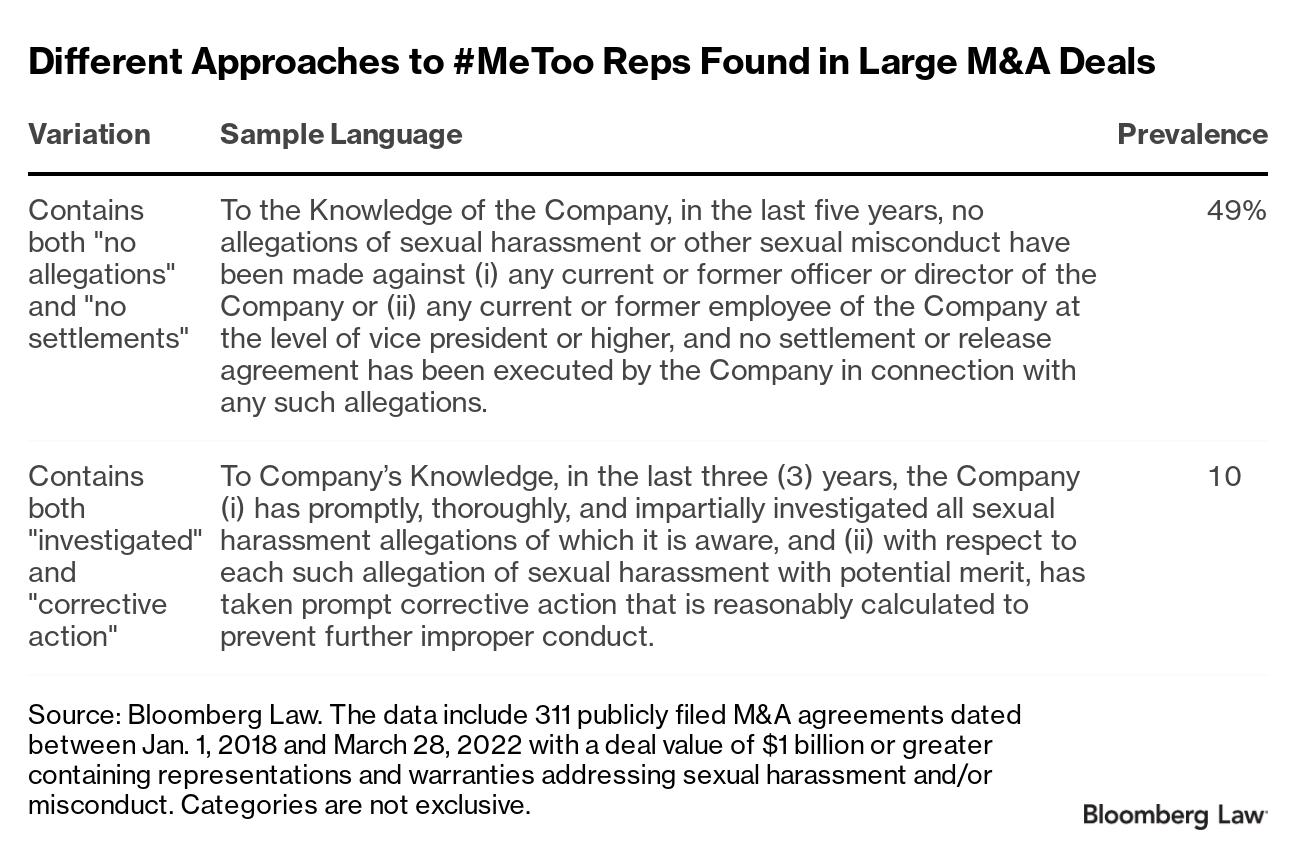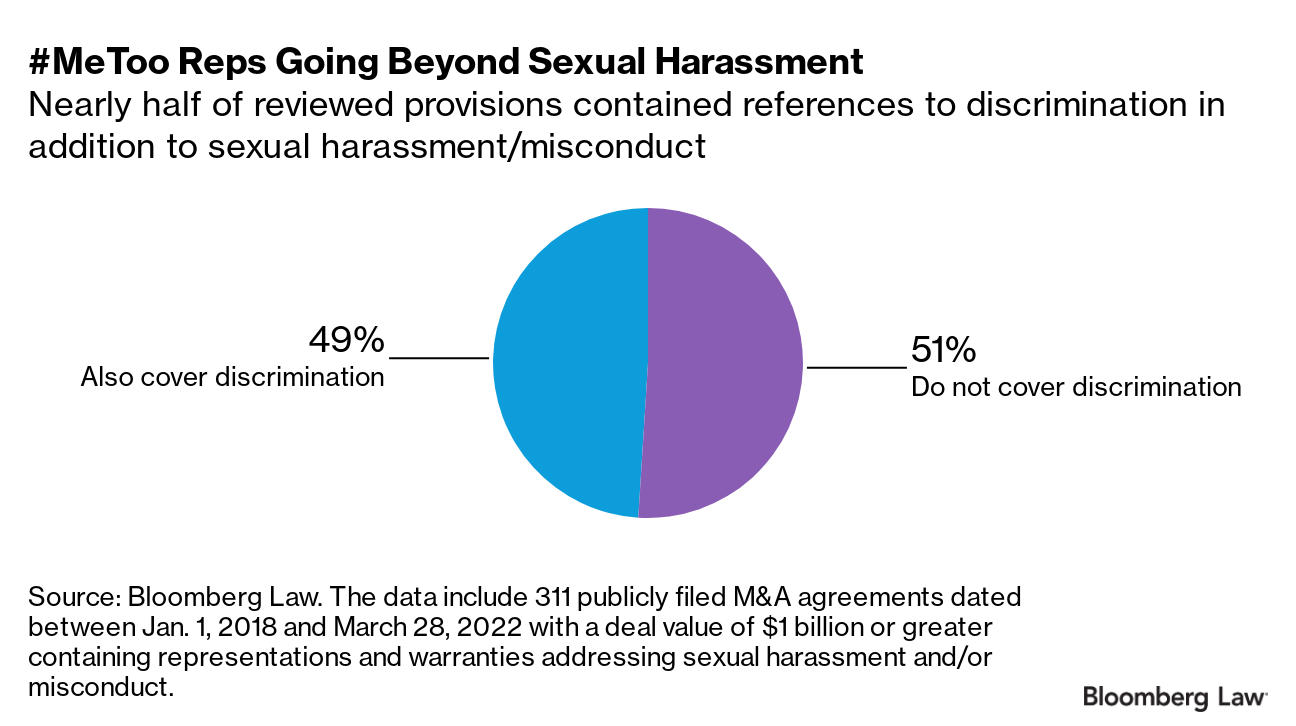
Beginning July 1, 2022, a federal excise tax, commonly referred to as the “Superfund Tax,” went into effect. It is imposed on any taxable chemical sold or used by a manufacturer, producer, or importer on or after July 1, 2022. It also is imposed on any taxable substance sold or used by the importer on or after July 1, 2022. The Superfund Tax funds the Hazardous Substance Superfund Trust Fund for use in the clean-up of hazardous waste sites. It was initially created by the Hazardous Substance Response Revenue Act of 1980, effective for sales or uses after March 31, 1981, but expired at the end of 1995 before being reinstated in an updated form by the Infrastructure Investment and Jobs Act, enacted in late 2021.
The Internal Revenue Code (Code) lists forty-two chemicals (I.R.C. § 4661(b)) subject to the Superfund Tax upon their sale or use. The tax rate ranges from $0.44 to $9.74 per ton. The list of chemicals is significantly longer in the case of taxable substances imported for sale or use. (The imported substances Superfund Tax equals the amount of tax that would have been imposed on the taxable chemicals used in the manufacture or production of the substance if the taxable chemicals had been sold in the United States for use in the manufacture or production of that taxable substance.) The Code lists fifty substances (I.R.C. § 4672(a)(3)), and IRS Notice 2021-66 lists 101 substances subject to tax. The Code authorizes the addition of substances to the list of taxable substances, and Rev. Proc. 2022-26, which the IRS released on June 28, 2022, sets forth the procedures for requesting that a substance be added to or removed from the list of taxable substances.
On June 24, 2022, in IR-2022-132, the IRS published the tax rate for 121 taxable substances. The instructions to IRS Form 6627 list all 151 taxable substances with the tax rates for 121 included. The IRS will add the tax rates for the remaining thirty taxable substances as they are developed.
Reporting
The Superfund Tax is reported on IRS Form 6627, Environmental Taxes, which is required to be attached to the tax return made on Form 720, Quarterly Federal Excise Tax Return. Although the tax is reported on a quarterly return, companies subject to the tax generally must make semimonthly deposits for each period in which the tax liability is incurred. The tax deposit for each semimonthly period must not be less than ninety-five percent of the amount of net tax liability incurred during the semimonthly period, unless the deposit safe harbor in the regulations applies.
Deposit Safe Harbor
Under the deposit safe harbor, any company that filed a Form 720 return for the second preceding calendar quarter (look-back quarter) is considered to have met the semimonthly deposit requirement for the current quarter if:
- the deposit for each semimonthly period in the current calendar quarter is not less than one-sixth of the net tax liability reported for the look-back quarter;
- each deposit is made on time;
- the amount of any underpayment is paid by the due date of the Form 720 return; and
- the company’s liability does not include any tax that was not imposed during the look-back quarter.
Good Faith Efforts
Because of the difficulties companies will face determining the amount of tax that must be paid semimonthly, even under the deposit safe harbor rules, the IRS issued Notice 2022-15 to provide relief for the third and fourth calendar quarters of 2022, and the first calendar quarter of 2023, from penalties that otherwise would apply for failing to deposit the required amount of tax on a semimonthly basis. For these semimonthly periods, a company owing the Superfund Tax will be deemed to have satisfied the deposit requirement if:
- the company makes timely deposits of applicable Superfund Tax, even if the deposit amounts are computed incorrectly, and
- the amount of any underpayment of the applicable Superfund Tax for each calendar quarter is paid in full by the due date for filing the Form 720 return for that quarter.
The key takeaway from Notice 2022-15 for companies subject to the Superfund Tax is to make a deposit of some amount by July 29, 2022.
Companies should use reasonable judgment in determining the amount of tax due by July 29, but the critical point is to make a payment.
De Minimis Exception
Notice 2022-15 does not mention the de minimis exception in the deposit regulations that apply to the Superfund Tax. Under the de minimis exception, no deposit is required if the liability does not exceed $2,500 for a particular quarter. The tax can be paid when the Form 720 is filed. Having said that, caution should be exercised when applying the de minimis exception, except for companies that will rarely exceed the $2,500 threshold.
First, there is always the potential of miscalculating the amount of tax due. It is better to be in the position of having made an estimated payment that is too small (and argue that reasonable cause exists for making too small a deposit) than not having made an estimated payment at all. Second, the IRS system may be set up to expect estimated payments (for a company that regularly makes them) and may send out a notice if it does not see an estimated payment in the system. Finally, once a company sets up its system to make estimated payments based on the liability for the second preceding quarter, designing the system not to make an estimated payment if the quarterly liability is $2,500 or less adds another computation for possible error. Remember, the estimated payments are made on the basis of the tax liability for the second preceding quarter, but the de minimis exception applies to the existing quarter.
Challenges Ahead
The Superfund Tax existed before 1996, so it is not a new tax for companies that manufactured, produced, or imported taxable chemicals and substances before 1996. For many companies, however, the reinstatement of the Superfund Tax is a new tax for them, and complying with it is going to present new challenges. Even for older companies, the reinstatement of a tax after more than twenty-five years will present challenges. The Superfund Tax also will present challenges for the IRS.
The IRS is open to receiving comments from affected companies, and it is important for companies to be actively engaged with the IRS in its development of the rules and regulations that apply to taxable chemicals and substances.















